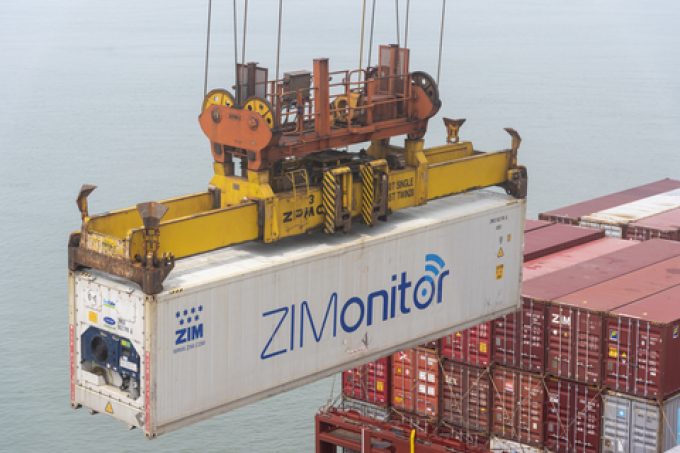Zim beats market on growth, but warns the future 'may be complicated'
Surging revenues and volumes have left Zim optimistic over its prospects for 2025, but it ...

Israel’s Zim is pushing an optimistic forecast for the second half of 2023 after worse-than-expected first quarter losses, but analysts remain circumspect over the Israeli carrier’s future.
After bagging net income of $1.7bn in Q1 2022, Zim recorded a net loss of $58m, as a volume ...
Four crew members still missing as Wan Hai 503 continues to burn
Predatory rivals circle as the ripples from DSV's Schenker buy widen
Explosions and 'out-of-control' fire reported on Wan Hai box ship
MSC Elsa crew face criminal probe, as Wan Hai 503 firefighters battle on
Latest Israeli attack on Iran a threat to box ships in Straits of Hormuz
'It's driving us mad', say forwarders as US court fails to end tariff turmoil
Transpacific rates ease as capacity boost proves too much for trades to digest

Comment on this article